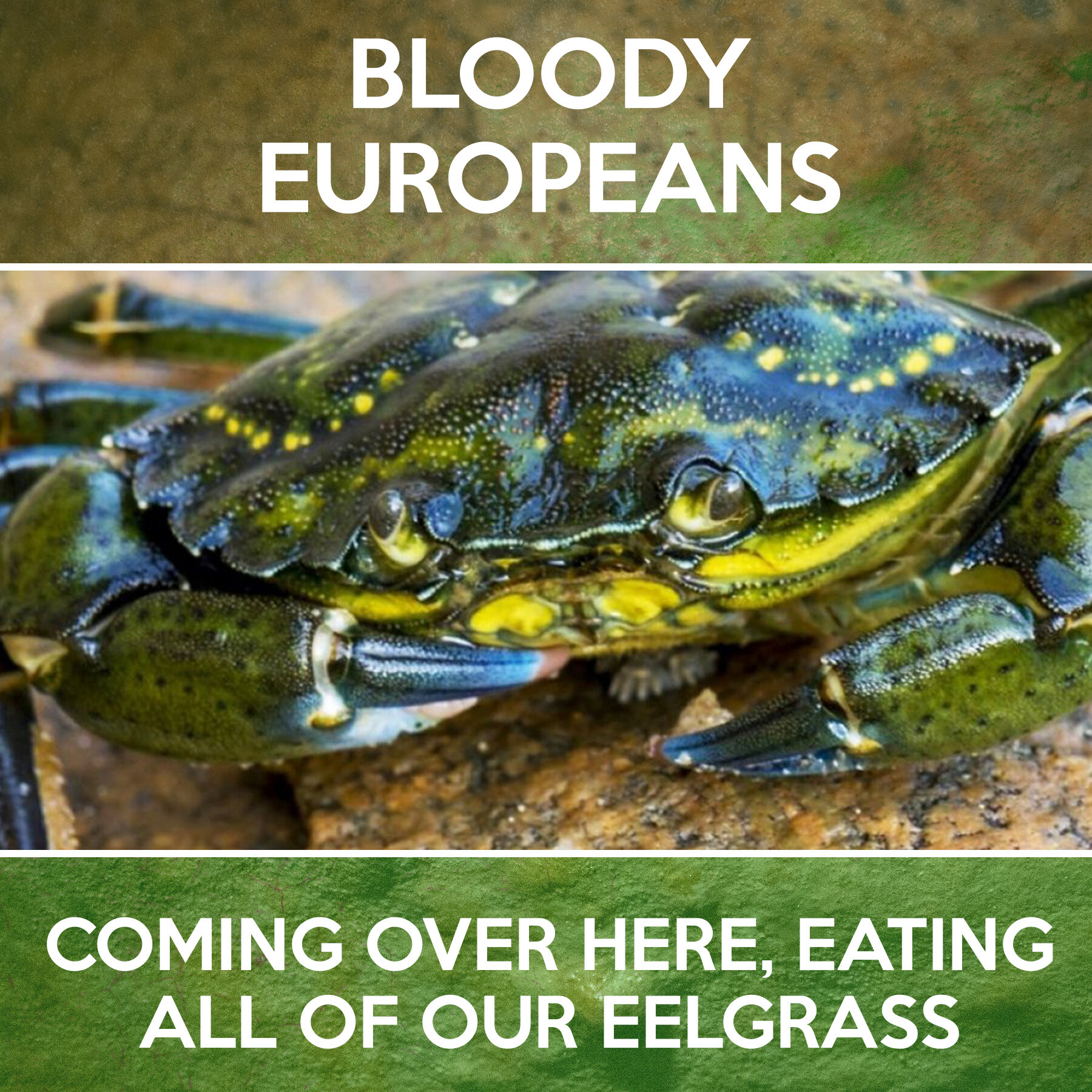Invasive Green Crabs
The European Green Crab has many names, in the UK we call it the Shore Crab, scientists call it Carcinus maenas - but when it’s in the wrong place, it’s always called a problem.
Rising sea temperatures and global shipping (the crabs and their larvae hitch rides in ship’s ballast water) have meant that Carcinus maenas is spreading all over the world into places it never used to be.
Recently, it has started moving into Alaskan waters, which have historically been too cold for it to survive.
Tammy Davis, the Invasive Species Program coordinator for the Alaska Department of Fish and Game says the main threat from the crab is habitat destruction.
The crabs, who hunt clams, mussels and other soft snacks, destroy eelgrass habitats while they search for prey. It is these habitats that animals like salmon rely on during their juvenile stages.
She says that the “whole food chain gets disrupted when green crab move in. It’s sort of a cascading impact, both destruction of the habitat and altering the food chain.”
Carcinus maenas is one of the world’s worst invasive species and as an omnivore, it’ll eat anything it can. According to the Invasive Species Compendium it eats organisms from 104 different families and 158 genera of species, so food doesn’t limit it’s spread.
So let’s be clear, while we love crabs at Crab Museum, we also love the natural balance of ecology - and the best way to preserve this is by helping spread awareness of nature’s complexities!

